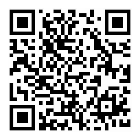DIN EN 820-5-2009 高級工業陶瓷.單片陶瓷熱機械性能.第5部分:高溫下彈性模量的測定.英文版本DIN EN 820-5-2009-10
作者:百檢網 時間:2021-07-15
標準號:DIN EN 820-5-2009
中文標準名稱:**工業陶瓷.單片陶瓷熱機械性能.第5部分:高溫下彈性模量的測定.英文版本DIN EN 820-5-2009-10
英文標準名稱:Advanced technical ceramics - Thermomechanical properties of monolithic ceramics - Part 5: Determination of elastic moduli at elevated temperatures; English version of DIN EN 820-5:2009-10
標準類型:Q32
發布日期:1999/12/31 12:00:00
實施日期:1999/12/31 12:00:00
中國標準分類號:Q32
國際標準分類號:81.060.30
引用標準:EN 820-1;EN 843-1-2006;EN 608584-2;EN ISO 7500-1;EN ISO/IEC 17025;ISO 463;ISO 3611;ISO 6906
適用范圍:This part of EN 820 describes methods for determining the elastic moduli, specifically Young's modulus,shear modulus and Poisson's ratio, of advanced monolithic technical ceramics at temperatures aboveroom temperature. The standard prescribes three alternative methods for determining some or all ofthese three parameters:A the determination of Young's modulus by static flexure of a thin beam in three- or four-point bending.B the determination of Young's modulus by forced longitudinal resonance, or Young's modulus, shear modulus and Poisson's ratio by forced flexural and torsional resonance, of a thin beam.C the determination of Young's modulus from the fundamental natural frequency of a struck bar (impulse excitation method).This part of EN 820 extends the above-defined room-temperature methods described in EN 843-2 toelevated temperatures. All the test methods assume the use of homogeneous test pieces of linear elasticmaterials. The test assumes that the test piece has isotropic elastic properties. At high porosity levels allof the methods can become inappropriate. The maximum grain size (see EN 623-3), excludingdeliberately added whiskers, should be less than 10 % of the minimum dimension of the test piece.NOTE 1 Method C in EN 843-2 based on ultrasonic time of flight measurement has not been incorporated intothis part of EN 820 Although the method is feasible to apply, it is specialised, and outside the capabilities of mostlaboratories There are also severe restrictions on test piece geometries and methods of achieving pulsetransmission. For these reasons this method has not been included in EN 820-5.NOTE 2 The upper temperature limit for this test depends on the properties of the test pieces, and can belimited by softening within the timescale of the test. In addition, for method A there can be limits defined by thechoice of test jig construction materials.NOTE 3 Methods B and C may not be appropriate for materials with significant levels of porosity (i.e. > 15 %)which cause damping and an inability to detect resonances or natural frequencies, respectively.NOTE 4 This method does not provide for the effects of thermal expansion, i.e. the measurements are basedon room temperature dimensions. Depending upon the use to which the data are put. it can be necessary tomake a further correction by multiplying each dimensional factor in the relevant equations by a factor (1 + α- ΔT)where α is the mean linear expansion coefficient over the temperature interval ΔT from room temperature.
中文標準名稱:**工業陶瓷.單片陶瓷熱機械性能.第5部分:高溫下彈性模量的測定.英文版本DIN EN 820-5-2009-10
英文標準名稱:Advanced technical ceramics - Thermomechanical properties of monolithic ceramics - Part 5: Determination of elastic moduli at elevated temperatures; English version of DIN EN 820-5:2009-10
標準類型:Q32
發布日期:1999/12/31 12:00:00
實施日期:1999/12/31 12:00:00
中國標準分類號:Q32
國際標準分類號:81.060.30
引用標準:EN 820-1;EN 843-1-2006;EN 608584-2;EN ISO 7500-1;EN ISO/IEC 17025;ISO 463;ISO 3611;ISO 6906
適用范圍:This part of EN 820 describes methods for determining the elastic moduli, specifically Young's modulus,shear modulus and Poisson's ratio, of advanced monolithic technical ceramics at temperatures aboveroom temperature. The standard prescribes three alternative methods for determining some or all ofthese three parameters:A the determination of Young's modulus by static flexure of a thin beam in three- or four-point bending.B the determination of Young's modulus by forced longitudinal resonance, or Young's modulus, shear modulus and Poisson's ratio by forced flexural and torsional resonance, of a thin beam.C the determination of Young's modulus from the fundamental natural frequency of a struck bar (impulse excitation method).This part of EN 820 extends the above-defined room-temperature methods described in EN 843-2 toelevated temperatures. All the test methods assume the use of homogeneous test pieces of linear elasticmaterials. The test assumes that the test piece has isotropic elastic properties. At high porosity levels allof the methods can become inappropriate. The maximum grain size (see EN 623-3), excludingdeliberately added whiskers, should be less than 10 % of the minimum dimension of the test piece.NOTE 1 Method C in EN 843-2 based on ultrasonic time of flight measurement has not been incorporated intothis part of EN 820 Although the method is feasible to apply, it is specialised, and outside the capabilities of mostlaboratories There are also severe restrictions on test piece geometries and methods of achieving pulsetransmission. For these reasons this method has not been included in EN 820-5.NOTE 2 The upper temperature limit for this test depends on the properties of the test pieces, and can belimited by softening within the timescale of the test. In addition, for method A there can be limits defined by thechoice of test jig construction materials.NOTE 3 Methods B and C may not be appropriate for materials with significant levels of porosity (i.e. > 15 %)which cause damping and an inability to detect resonances or natural frequencies, respectively.NOTE 4 This method does not provide for the effects of thermal expansion, i.e. the measurements are basedon room temperature dimensions. Depending upon the use to which the data are put. it can be necessary tomake a further correction by multiplying each dimensional factor in the relevant equations by a factor (1 + α- ΔT)where α is the mean linear expansion coefficient over the temperature interval ΔT from room temperature.
相關標準
《GB/T30157-2013》紡織品 總鉛和總鎘含量的測定
《GB/T17593.2-2007》紡織品 重金屬的測定 第2部分:電感耦合等離子體原子發射光譜法
《EN16128:2011》與皮膚長時間緊密接觸的眼鏡架和太陽鏡的組件的鎳釋放量參考試驗方法
《EN1811-2011+A1:2015》直接長期接觸皮膚的產品中鎳釋放的測試方法
《GB/T17593.4-2006》紡織品 重金屬的測定 第4部分 砷、汞原子熒光分光光度法
《GB/T20386-2006》紡織品 鄰苯基苯酚的測定
《EN12472:2005》涂層部件鎳釋放量的檢測用磨損和腐蝕的模擬方法
《GB/T17593.3-2006》紡織品 重金屬的測定 第3部分六價鉻 分光光度法
《GB/T18412.2-2006》紡織品 農藥殘留量的測定 第2部分:有機氯農藥
《GB/T20387-2006》紡織品 多氯聯苯的測定
《GB/T17593.2-2007》紡織品 重金屬的測定 第2部分:電感耦合等離子體原子發射光譜法
《EN16128:2011》與皮膚長時間緊密接觸的眼鏡架和太陽鏡的組件的鎳釋放量參考試驗方法
《EN1811-2011+A1:2015》直接長期接觸皮膚的產品中鎳釋放的測試方法
《GB/T17593.4-2006》紡織品 重金屬的測定 第4部分 砷、汞原子熒光分光光度法
《GB/T20386-2006》紡織品 鄰苯基苯酚的測定
《EN12472:2005》涂層部件鎳釋放量的檢測用磨損和腐蝕的模擬方法
《GB/T17593.3-2006》紡織品 重金屬的測定 第3部分六價鉻 分光光度法
《GB/T18412.2-2006》紡織品 農藥殘留量的測定 第2部分:有機氯農藥
《GB/T20387-2006》紡織品 多氯聯苯的測定
百檢網專注于為第三方檢測機構以及中小微企業搭建互聯網+檢測電商服務平臺,是一個創新模式的檢驗檢測服務網站。百檢網致力于為企業提供便捷、高效的檢測服務,簡化檢測流程,提升檢測服務效率,利用互聯網+檢測電商,為客戶提供多樣化選擇,從根本上降低檢測成本提升時間效率,打破行業壁壘,打造出行業創新的檢測平臺。
百檢能給您帶來哪些改變?
1、檢測行業全覆蓋,滿足不同的檢測;
2、實驗室全覆蓋,就近分配本地化檢測;
3、工程師一對一服務,讓檢測更精準;
4、免費初檢,初檢不收取檢測費用;
5、自助下單 快遞免費上門取樣;
6、周期短,費用低,服務周到;
7、擁有CMA、CNAS、CAL等權威資質;
8、檢測報告權威有效、中國通用;
客戶案例展示
相關商品
相關資訊

暫無相關資訊
最新資訊
版權與免責聲明
①本網注名來源于“互聯網”的所有作品,版權歸原作者或者來源機構所有,如果有涉及作品內容、版權等問題,請在作品發表之日起一個月內與本網聯系,聯系郵箱service@baijiantest.com,否則視為默認百檢網有權進行轉載。
②本網注名來源于“百檢網”的所有作品,版權歸百檢網所有,未經本網授權不得轉載、摘編或利用其它方式使用。想要轉載本網作品,請聯系:service@baijiantest.com。已獲本網授權的作品,應在授權范圍內使用,并注明"來源:百檢網"。違者本網將追究相關法律責任。
③本網所載作品僅代表作者獨立觀點,不代表百檢立場,用戶需作出獨立判斷,如有異議或投訴,請聯系service@baijiantest.com



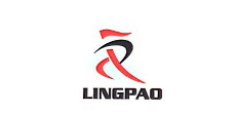
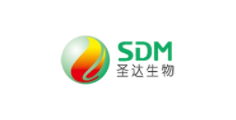
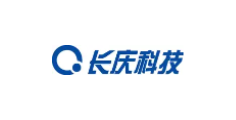
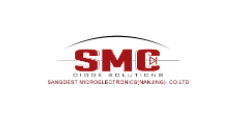
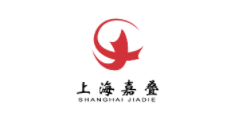
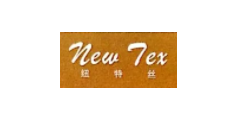
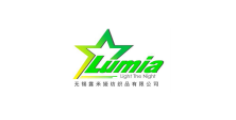
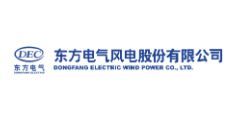

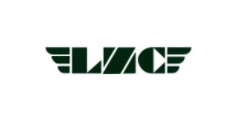
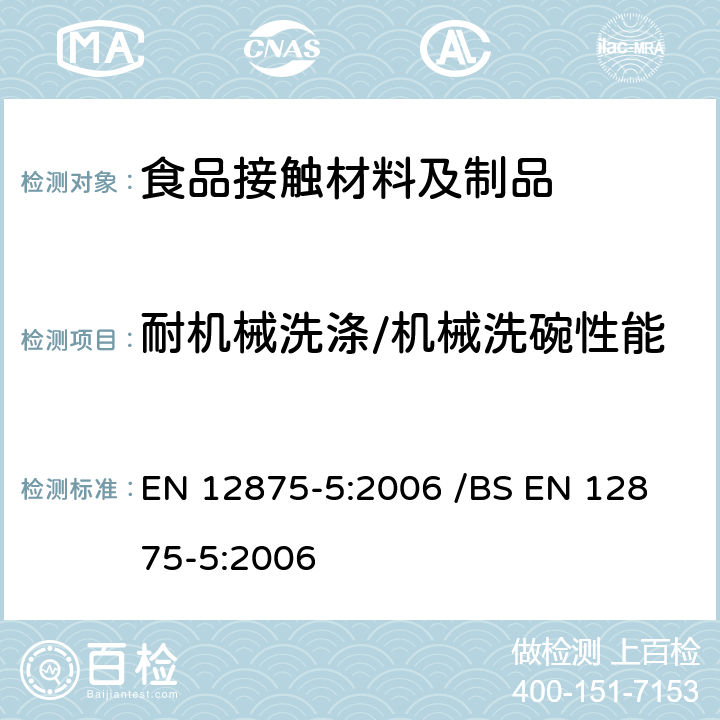

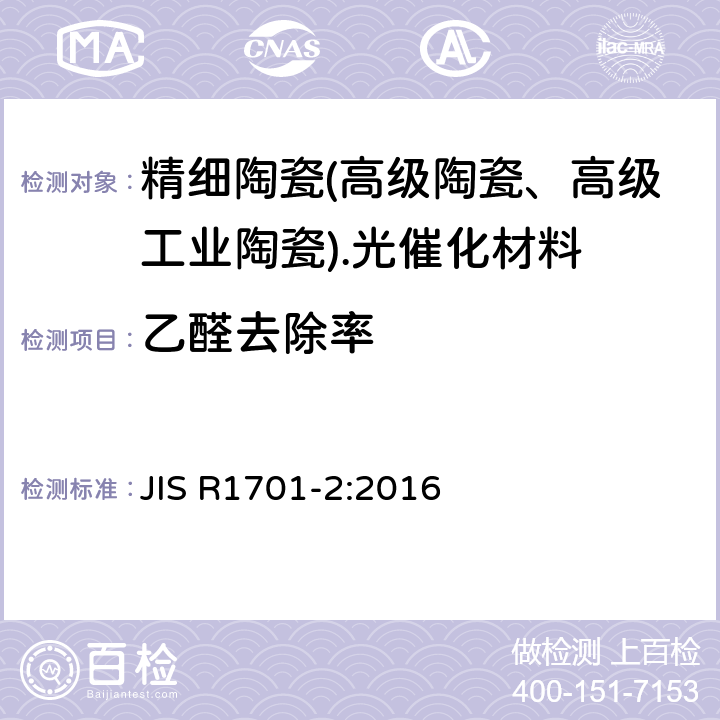
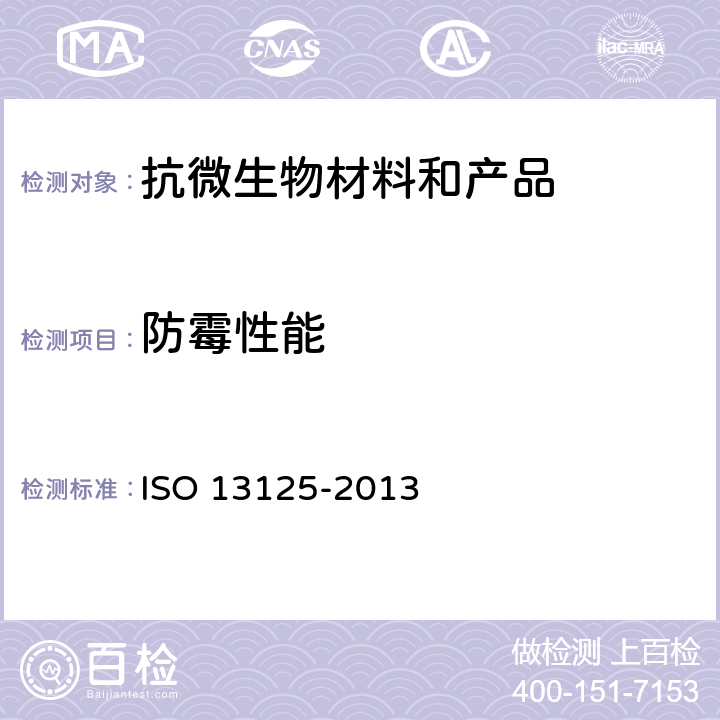
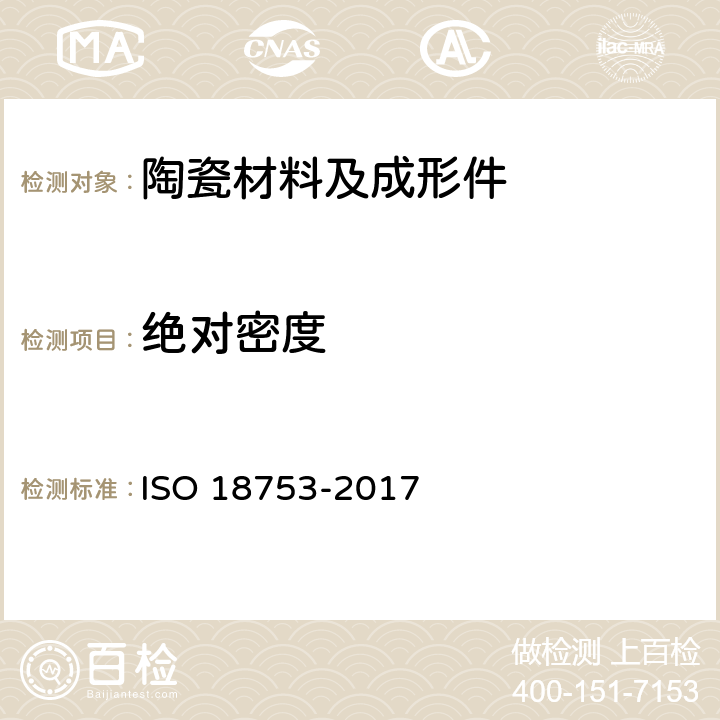
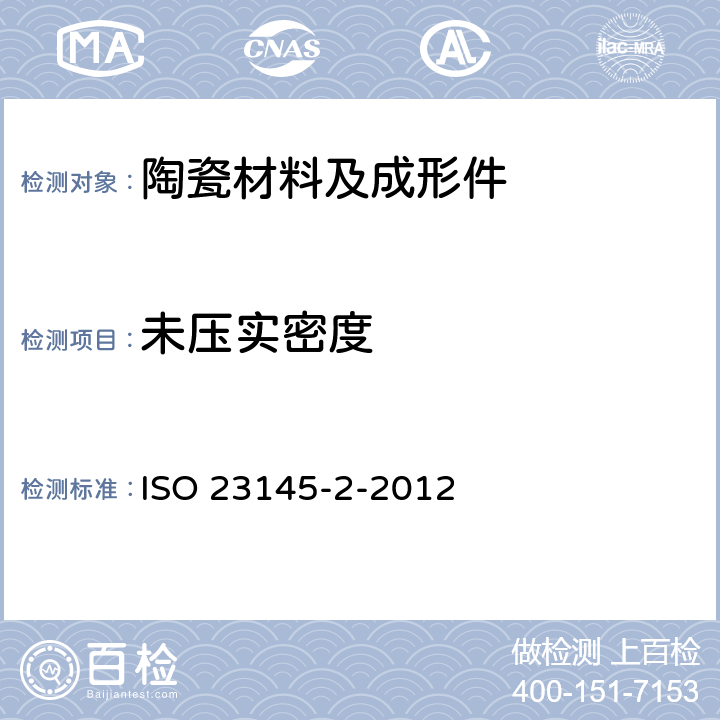
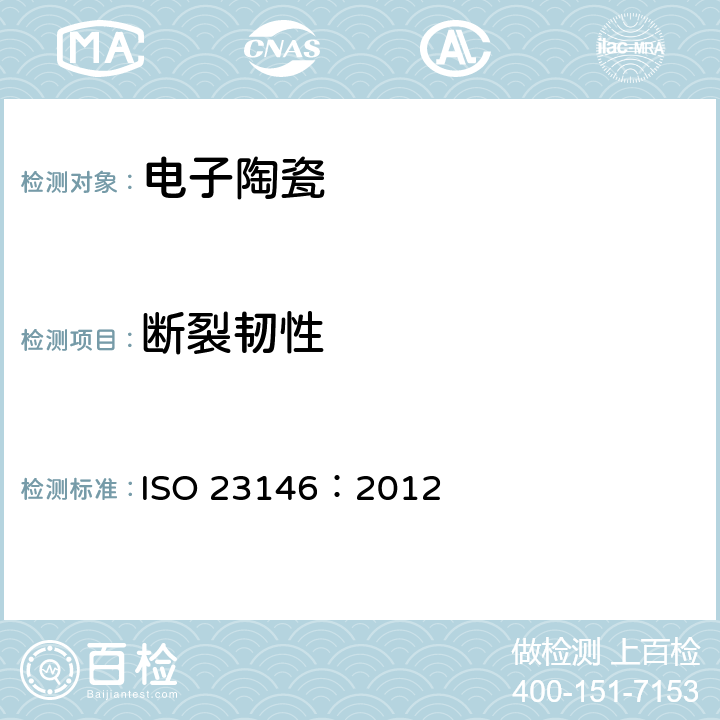
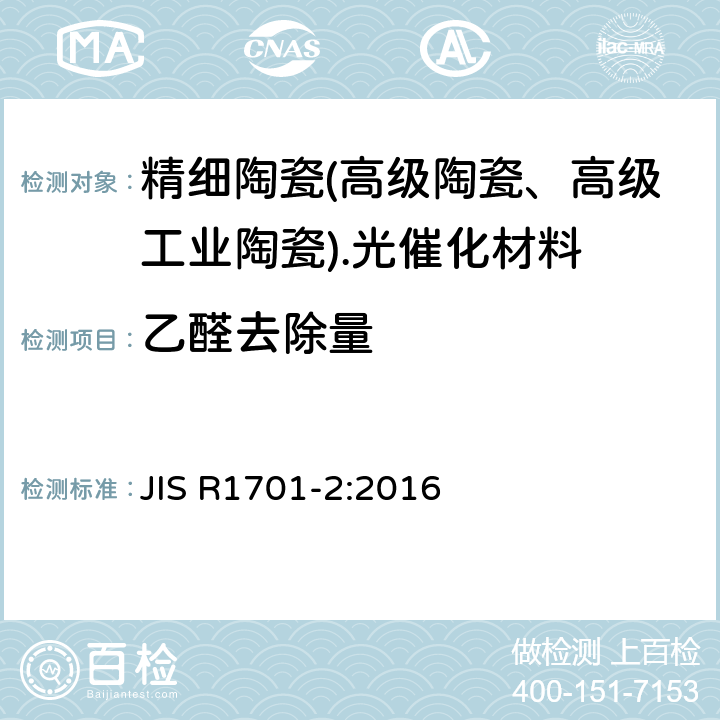
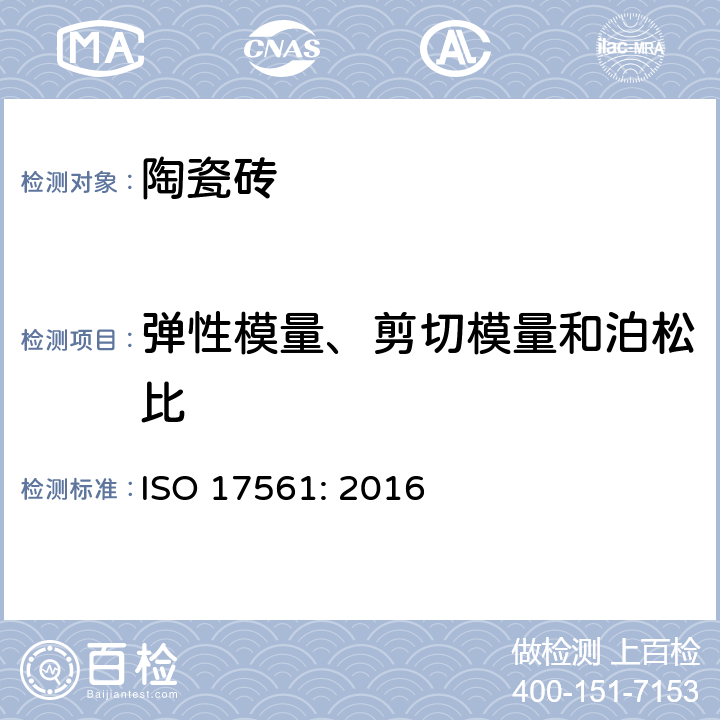

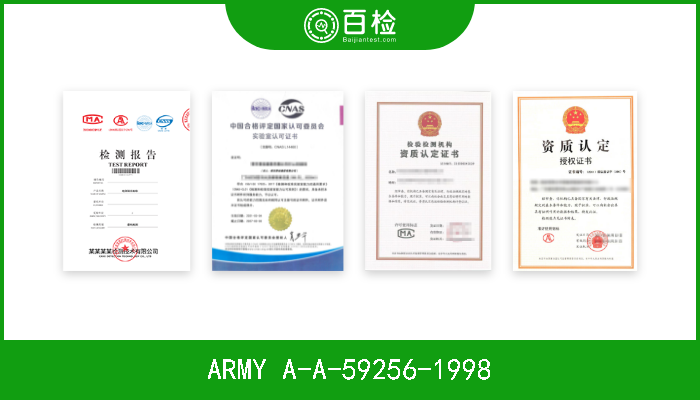
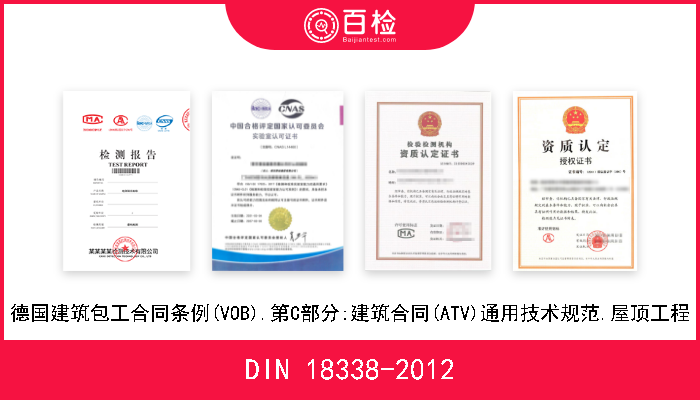
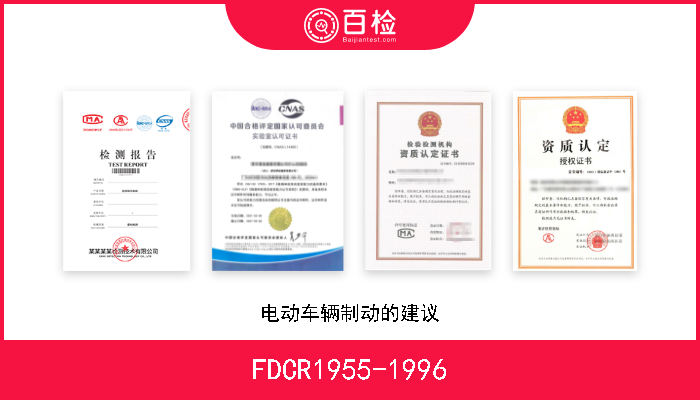
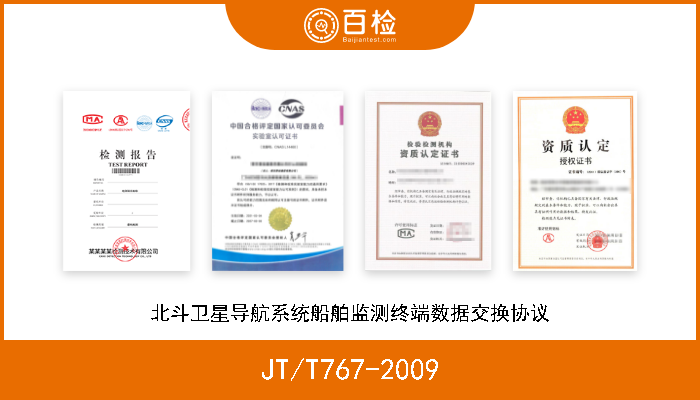
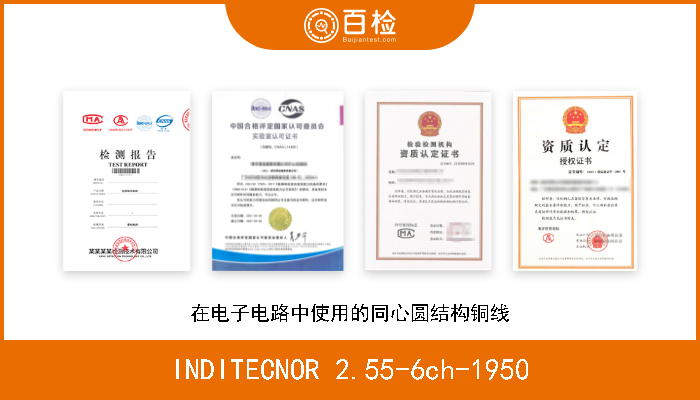
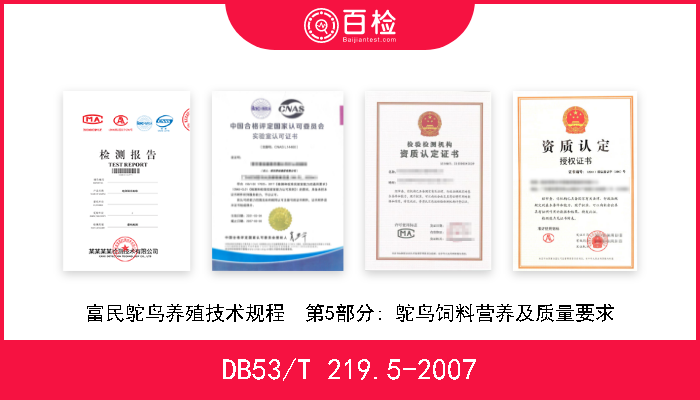
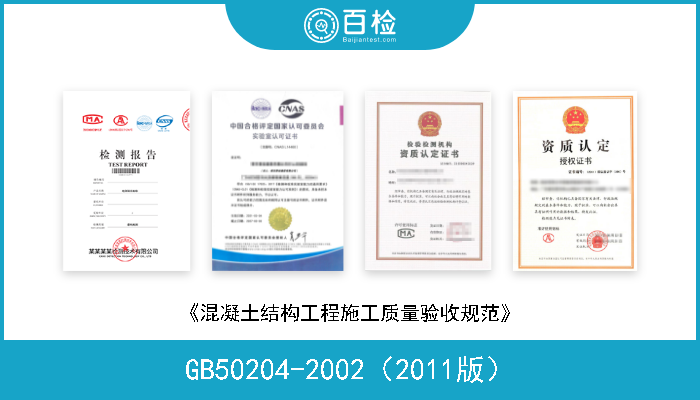
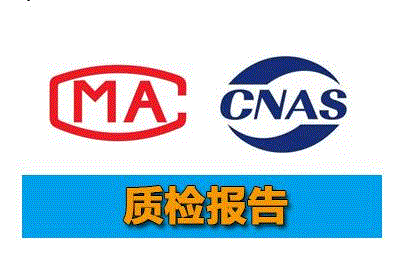
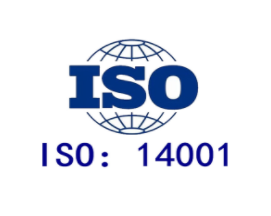


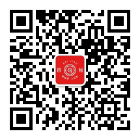
 400-101-7153
400-101-7153 15201733840
15201733840